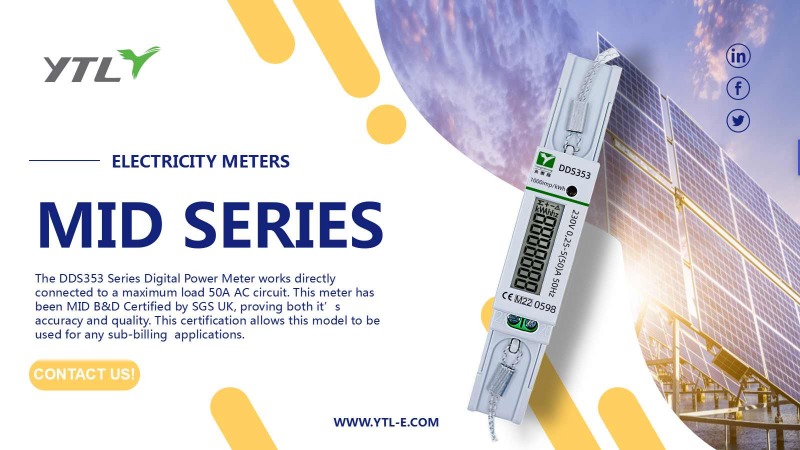Net metering is an effective resource usage and expenditure billing arrangement that allows users to generate their own energy and receive compensation for it in their finances. Specifically, net metering is provided by the power company and allows energy consumers who generate extra power using renewable energy sources such as solar panels to feed that excess back into the grid. In a net metering plan, if a user consumes less electricity than they produce, their electric meter will run backwards, allowing them to pay only for the net difference.

Net metering allows residential and commercial customers who have solar power systems to sell their excess energy back to the grid. Many states have passed net metering laws, while in other states, utility companies may offer this plan voluntarily or through a regulatory decision. Variations in state legislation, regulations, and implementation policies mean that the mechanisms for compensating solar customers vary greatly across the country. Net metering is a support policy that encourages private investment in renewable energy.

With the rise of renewable resource power generation and support for net metering policies in various countries and regions, the spread and iteration of renewable energy meters have been promoted. How do renewable energy meters achieve net metering?
Renewable energy meters play a crucial role in promoting net metering by accurately measuring the electricity consumed by the grid and the excess electricity generated by renewable energy sources that is fed back into the grid. In professional terms, renewable energy meters have bidirectional measuring functions for input and output electricity, and they can store data separately.
The specific process for achieving bidirectional measurement in renewable energy meters is as follows:
1. Forward Electricity Consumption: When a consumer's renewable energy system (such as solar panels) generates less power than the actual electricity consumption, grid electricity is needed to supplement it. The measured value at this time is the forward electricity consumption.
2. Reverse electricity consumption occurs when a consumer's renewable energy system generates more power than their actual consumption. The excess renewable energy is then fed back into the grid. The measured value during this time is referred to as reverse electricity consumption.
3. Net metering: The net amount of electricity is obtained by subtracting the electricity consumed in reverse from the electricity consumed in forward.
4. Billing and Credit: Utility companies provide consumers with credit or reimbursement based on net energy metering for any excess energy that is fed back into the grid. This credit is typically applied to the consumer's next electricity bill, thereby reducing their energy expenses.

The benefits of using renewable energy meters for net metering are as follows:
1. Encouraging the use of renewable energy sources.
2. Reducing electricity bills
3. Contributing to the development of a sustainable energy system.
4. Providing economic incentives for investment in renewable energy sources. 2. Environmental sustainability: Net-metering encourages the use of renewable energy, reduces dependence on fossil fuels, lowers carbon emissions, and contributes to a cleaner and more environmentally friendly future.


 English
English 中文简体
中文简体








.jpg?imageView2/2/w/500/h/500/format/png/q/100)


.jpg?imageView2/2/w/500/h/500/format/png/q/100)


